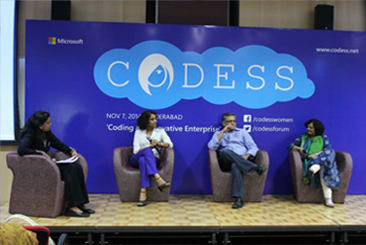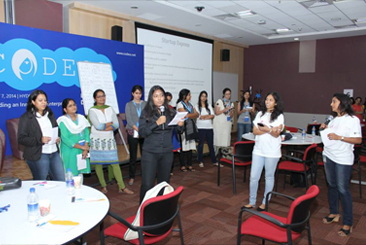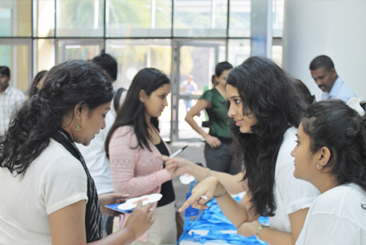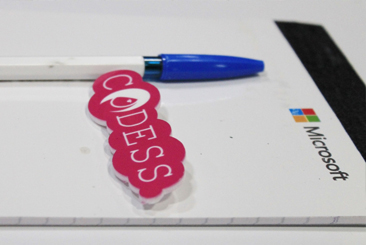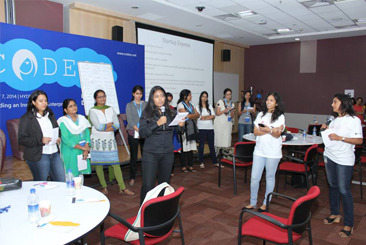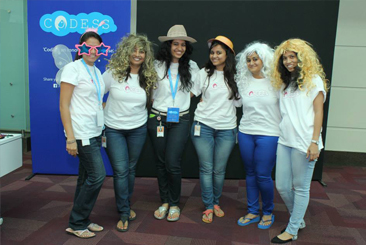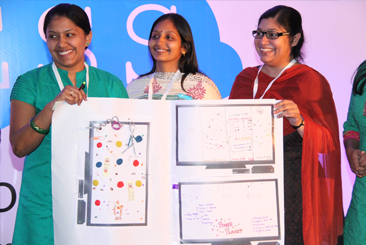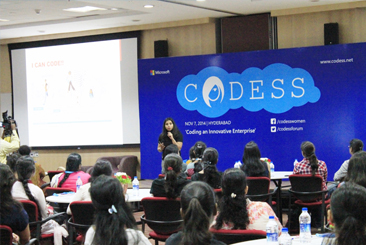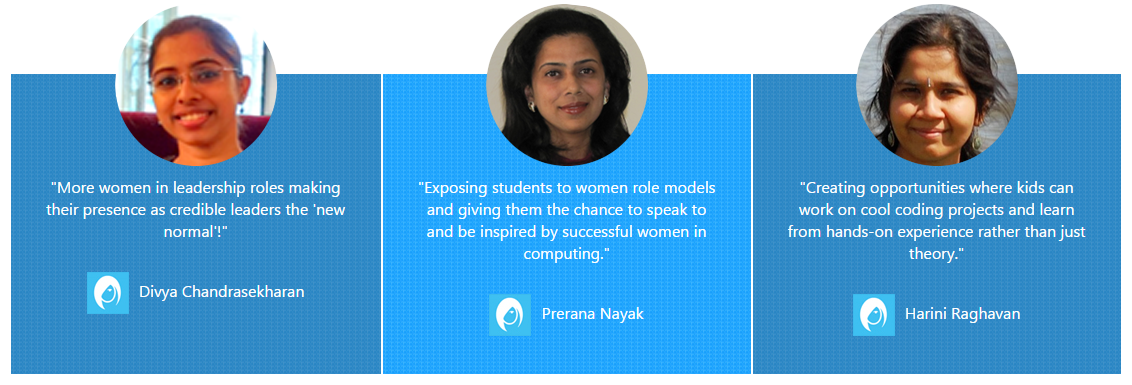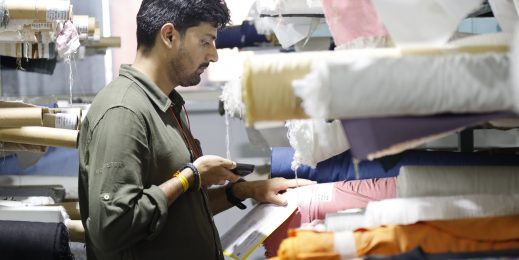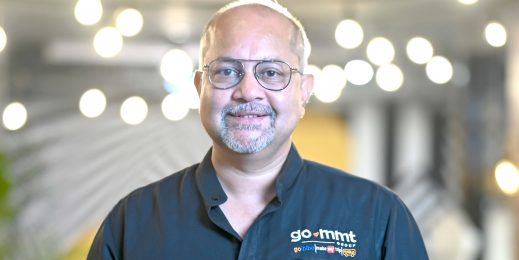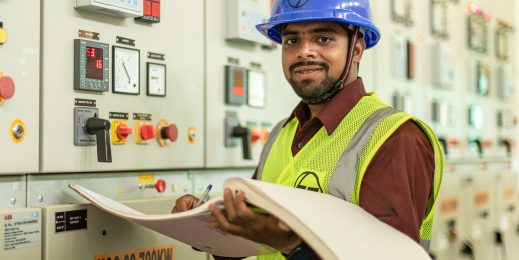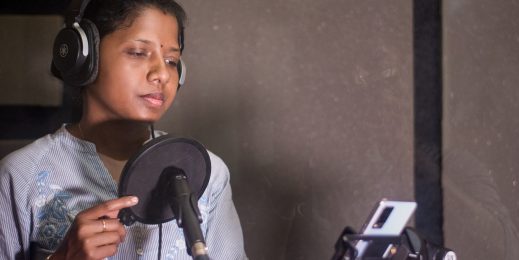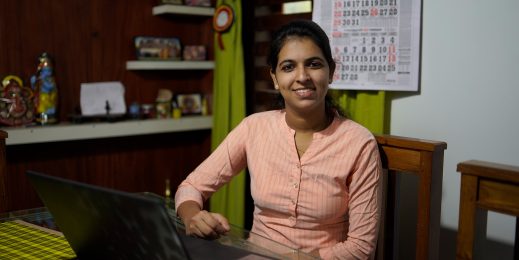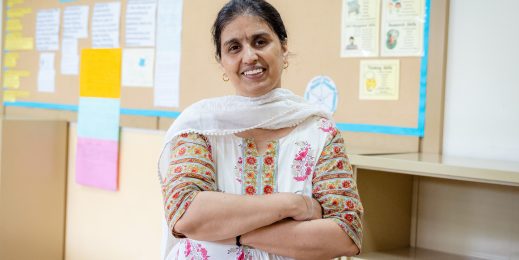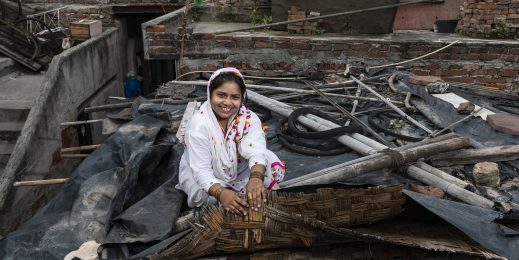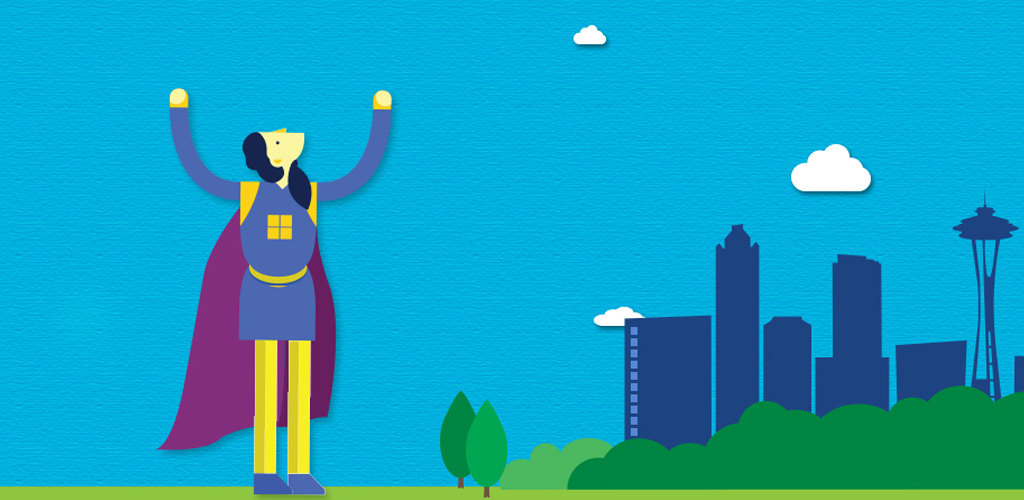
CODESS (n): A female developer who can create magic with code
Growing up as a student in Bangalore, Divya Chandrasekharan disliked most subjects because they involved too much rote learning. The daughter of a retired Physics professor, she decided to pursue electronics, a subject she quite enjoyed. “But instead, in engineering college, I fell in love with Computer Science, for its simple logic, sheer power, and potential!” Divya says, her eyes shining.
Belonging to a traditional Tamilian family from Chennai, Harini Raghavan says that it was her parents who passionately encouraged her to pursue engineering like her brother. “I absolutely loved mathematics in school and was in class 8 when we were first exposed to Computer Science as a subject. We had to look at mathematical patterns and translate them into an algorithm. That’s when my love for coding began!”
In Mumbai, Prerana Nayak discovered computer programming as an extra-curricular activity in school in class 5. A series of top grades over the years firmed up her decision to study computer engineering. Prerana was so sure she wanted to pursue this that she gave up a chance to study another discipline of engineering at a top college for it. “I was sure that it’s either computer engineering or no engineering at all!” she says.
Today, these three women work at the India Development Center at Microsoft India, one of the company’s largest R&D centers outside its Seattle-based headquarters.
Traditionally, a large majority of Indian children grow up conforming to set perceptions of the careers they will follow. Engineering is among the preferred choices for boys in most families. But over the last decade or so, many more girls have veered onto this path as well. So while there are continuous efforts made to see an increased number of girls in school, of those who continue into college, a fair number today pursue degrees in engineering and join the rapidly growing IT industry in India.
While the number of women in the workforce is still far from satisfactory, getting women into IT is not the biggest hurdle today. A 2011 report by global recruitment firm, Kelly Services highlights that a large percentage of women, who join the IT industry remain at junior levels or drop out of the workforce at a crucial time in their careers, due to a variety of reasons. This underscores the fact that it is retaining women and ensuring that they grow in their careers, as the biggest impediment.
The Customer isn’t a king, but a queen!
Did you know that women:

Source: The Wallstreet Journal
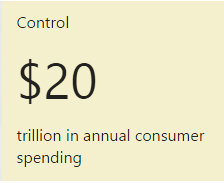
Source: Deloitte
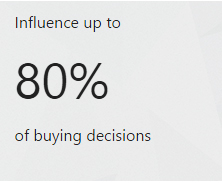
Source: Deloitte
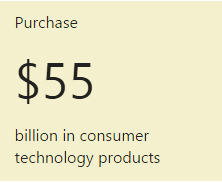
Source: Consumer Electronics Association
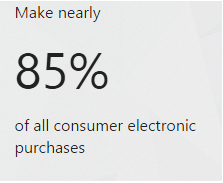
Source: Euromonitor International
According to DataQuest’s Best Employer Survey 2012, the percentage of women employed in the IT industry in India stood at 22 percent. More recent figures come from NASSCOM’s Diversity & Inclusion Summit in January 2015, which indicate that women now comprise almost 50 percent of the entry-level workforce in IT/ITES companies in India. While this figure is certainly encouraging, it also points to the fact that only a small percentage of women are joining mainstream software engineering and coding jobs. To help change this and get more women excited about careers in engineering is the mission of Codess.
A distinct Microsoft effort that encourages gender diversity in the field of engineering, Codess was initiated in March 2013 by the staffing team at Skype as a community for women engineers around the world. It serves as a platform for women coders to share personal and professional experiences, network, and learn from each other. First implemented in Estonia in Europe, this new and exciting program has travelled the world to explore the potential of women in engineering and technology.
Codess arrives in India
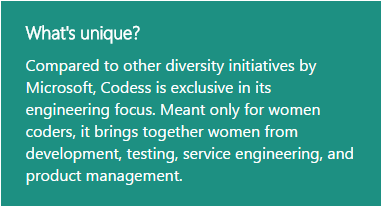 “There has been a lack of community for the female engineering population, which is also true of India. At Microsoft India, we decided it was time to leverage the Codess program and bring it to our female engineers as well,” shares Joseph Jenkins, Senior Global Talent Acquisition Manager, IMEA Engineering.
“There has been a lack of community for the female engineering population, which is also true of India. At Microsoft India, we decided it was time to leverage the Codess program and bring it to our female engineers as well,” shares Joseph Jenkins, Senior Global Talent Acquisition Manager, IMEA Engineering.
And so, after a successful run of events and workshops across cities in Europe, Asia and the US, Codess made it way to India with its first stop in Bangalore in May 2014.
The event in Bangalore was organized by the women’s networking team at the Microsoft India Development Center, Microsoft’s hub of R&D talent in India. The day-long session brought together around 30 women, with 2-8 years of experience in development, testing and product management, from different software product companies.
The goal? To build a network of female engineers across the country and create excitement around careers in engineering for women. And that’s what it did! The event gave participants the opportunity to meet experienced and like-minded female engineers. They were introduced to future tech trends from Microsoft leaders and external speakers, attended an interactive session on game development, and watched some cool demos of Microsoft apps.
Having joined Microsoft India as a campus hire over five years ago, Sohini Banerjee moved to Microsoft’s UK LIFT London team to create services used by games and other entertainment products. She hosted the interactive game development session at Codess Bangalore and was amazed at the unique concepts that emerged from the session.
“There seems to be a real appetite for exploring games, apps, and user experiences among women engineers. Women tend to have great analytical prowess and excel as problem solvers. With proper mentoring, they can surprise themselves with what they can achieve and bloom into,” smiles Sohini.
Less than eight months later, in November 2014, Codess made second successful pitstop in India, at Hyderabad! This time the event hosted more than 80 women with varied levels of experience in software engineering, who discussed their thoughts on innovation in technology.
“Seeing role models and hearing success stories from other women is often the best way to boost confidence. It serves as the little nudge when you feel low with societal perceptions. And this is exactly what Codess does, in a fun, high-energy atmosphere,” shares Prerana Nayak, who hosted a panel discussion at Codess Hyderabad.
The response that both Codess events in India have received from women engineers has been tremendous. Post-event survey results reveal that 90 percent of the participants are keen to attend more such programs and are also likely to refer a friend to a future Codess event.
This reinforces Microsoft’s belief that there is a pressing need for a community of women coders to come together frequently, to learn and share to further their technical careers.
And it holds true for women engineers at senior levels as well. In fact, the Codess India Program Management team has got plans underway to soon announce ‘Codess Executive’ as the next Codess event, exclusively for senior women in technology and engineering. Mrinalini Rajesh, Program Manager, Codess India says, “We want everyone to feel like they can reach out, support each other, and have candid conversations with other women in technology, who may have interesting perspectives based on their experience. That’s what Codess enables.”
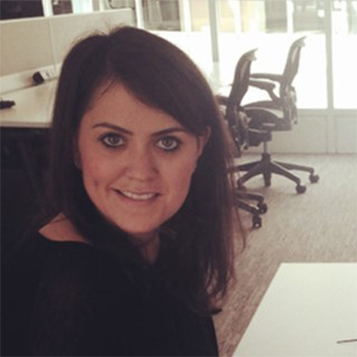 “When I was at University, I made a decision to move away from Computer Science as I was the only girl amongst a class full of boys. I wish someone back then had told me how exciting a career in engineering can be, from the really cool products you get to build, to the global nature of the role, the fantastic work/life balance you can achieve, and the money to really enjoy all that life has to offer. We hope by creating Codess, we can ensure women today and in the future are given the advice and support they need to make informed decisions about a career in engineering.”
“When I was at University, I made a decision to move away from Computer Science as I was the only girl amongst a class full of boys. I wish someone back then had told me how exciting a career in engineering can be, from the really cool products you get to build, to the global nature of the role, the fantastic work/life balance you can achieve, and the money to really enjoy all that life has to offer. We hope by creating Codess, we can ensure women today and in the future are given the advice and support they need to make informed decisions about a career in engineering.”
– Alexa Glick, Codess Founder & Staffing Programs Manager, Microsoft
“Just like age and culture, gender diversity brings a different dimension to any industry. Look around and you will notice that women overcome so many hurdles to maintain their careers. I feel this makes them extremely accountable, passionate, and more importantly, go getters,” stresses Harini Raghavan.
And even if the diversity debate is parked aside and one thinks pure business, Prerana believes that its importance is starkly visible. “Most global software products need to have equal appeal for male and female audiences. And if you are building products for both genders, you need to have both genders on the team. It’s simple!”
So what holds Indian women back in building successful careers as coders? Is it their skills that need harnessing? Divya disagrees. “I’d like to think the skills are in place, the opportunities are too. The attitudes are what often need a nudge, some of them culture-specific. The skills required to be effective in the technical arena are not gender specific. But the parameters of success, without being explicit, sometimes are.”
Discrimination can happen unintentionally and this is where workplace culture helps,” shares Prerana. “And I must call out, amongst the workplaces I have seen, Microsoft ranks great on all these parameters, and this is something I proudly talk about.”
What will inspire more women to take up coding?
Being part of the community of women coders in India, Harini strongly believes that Codess can make a huge difference in inspiring more women to embark on and have sustained, successful careers in engineering.
“A community of women coders helps both professionally and personally. It tells me that someone else has been where I am, shows me how she has managed similar troubles, and highlights new ways of approaching the ‘struggle’ efficiently and successfully. It certainly makes things a whole lot simpler!” she says with a smile.







